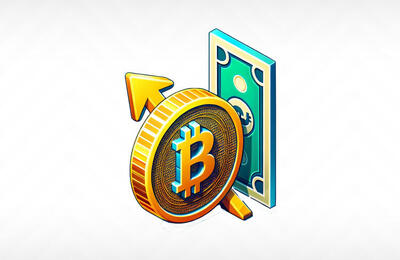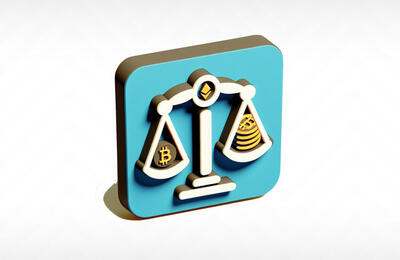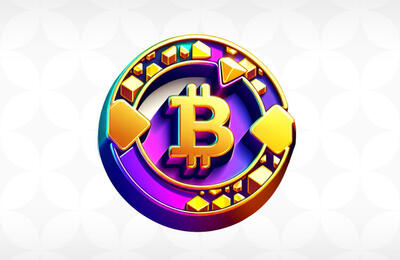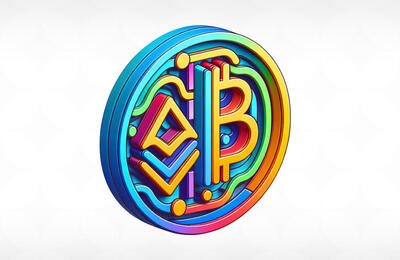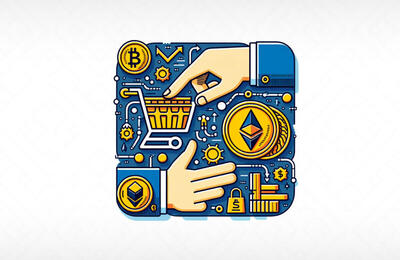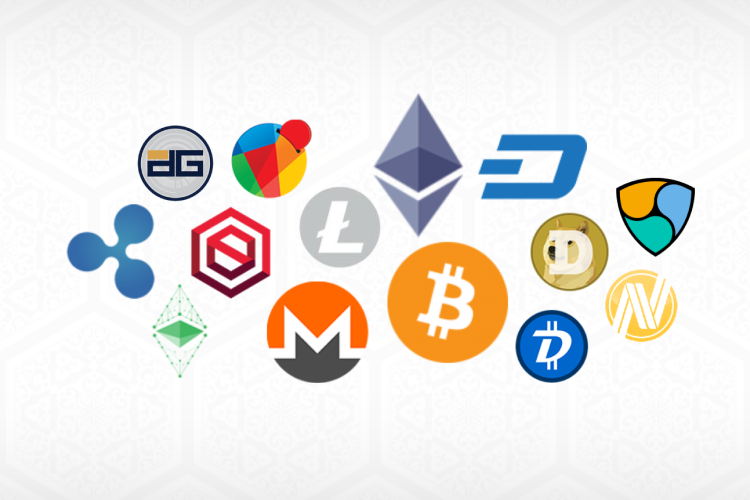
Bitcoin, Ether, Bitcoin Cash, Ripple — the cryptocurrency landscape has grown a lot since the first cryptocurrency Bitcoin appeared. Since then, a lot has happened in the cryptocurrency market. Cryptocurrencies have gone public and now cost billions of dollars. However, there are massive differences between different cryptocurrencies, which are used for a wide variety of purposes.
For example, some cryptocurrencies operate with a cap on the maximum number of coins that can be mined, while others have no limit. At the same time, how many new coins are mined per verified block affects the value of the cryptocurrency.
In addition, another interesting differentiator for cryptocurrencies is whether they can be applied outside of their networks. For example, Ether/Ethereum offers application possibilities to store contracts in the blockchain, so-called «smart contracts».
BITCOIN — PIONEER OF CRYPTOCURRENCY
Launched in 2009, the blockchain Bitcoin is the best-known and largest cryptocurrency on the market. Compared to the other currencies, the financial interest in security and stability alone is the greatest here and can be effectively financed.
The robustness of the Bitcoin networks is a distinctive feature of this cryptocurrency. Based on this, it can be assumed that Bitcoin will continue to be the platform for the majority of crypto transactions in the future.
ETHER — MORE THAN JUST A CRYPTOCURRENCY
The second place in the world ranking of cryptocurrencies is taken by Ethereum. The system offers not only its cryptocurrency called Ether, where mining is also possible. In addition, so-called smart contracts are executed here. These are electronic, virtual contracts that are automatically triggered as soon as the specified conditions occur.
While Ethereum only launched in 2015, its blockchain is already much bigger than the Bitcoin blockchain. Since not only the token transactions but also the smart contracts themselves are recorded in it, a single block in the chain comprises much more data. It cannot be ruled out that this growth in data volume will continue to increase as its use becomes more popular.
DOGECOIN — ONE OF THE OLDEST CRYPTOCURRENCIES
Dogecoin is Incredibly popular, offers relatively cheap transactions, and has good long-term prospects among cryptocurrencies. But it is being developed at the moment and technology could become obsolete.
RIPPLE — THE CRYPTOCURRENCY USED OF MANY BANKS
This company aims to help banks reduce transaction costs with blockchain technology. But it is not a decentralized cryptocurrency.
WHERE IS IT POSSIBLE TO PAY WITH CRYPTOCURRENCY?
In the meantime, businesses that accept Bitcoin as a means of payment can be found even in small towns all over the world. Anyway, such points are mainly concentrated in large cities.
For the payment process in the restaurant or the store, a QR code with the invoice is generated by the software of the recipient. This code can then be scanned with the cell phone camera. Then, the corresponding amount is sent to the recipient's cryptocurrency address.
For example, there are many organizations and companies whose products can be paid for with Bitcoin. These include Microsoft, Dell, Mozilla, or WordPress, among others. But also, numerous airlines already accept Bitcoin as a means of payment. The entertainment industry has also been influenced by cryptocurrencies: there are even online casinos, which primarily accept Bitcoin. There are also online betting providers using it. Anyway, there is always a choice — for example, you are betting on 22Bet Tanzania. If you are not quite sure if Bitcoin is accepted there, just contact the support.
THE ROLE OF CRYPTOCURRENCIES IN THE FUTURE
Cryptocurrencies are often referred to as the next stage in the development of money in the course of the digital transformation. Anyone who looks at the development of money might agree with this opinion. The fact that we now pay digitally and manage our money online without even holding a real bill in our hands is normality for most people.
While digital payment still requires a central institution such as banks, cryptocurrencies have so far been managed without any third parties at all. Transactions are carried out directly between the participants in the network.


